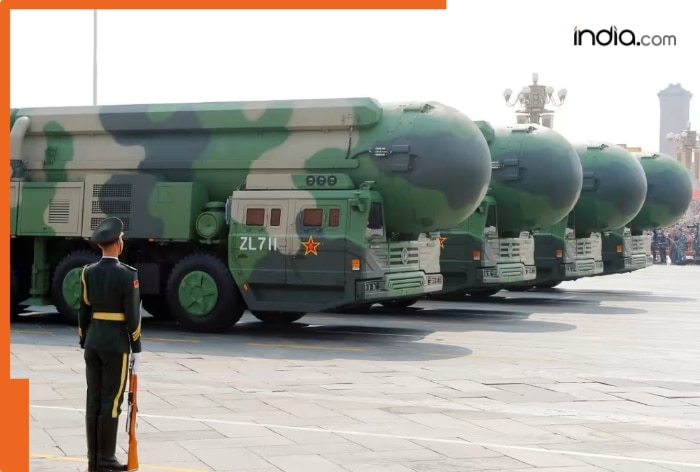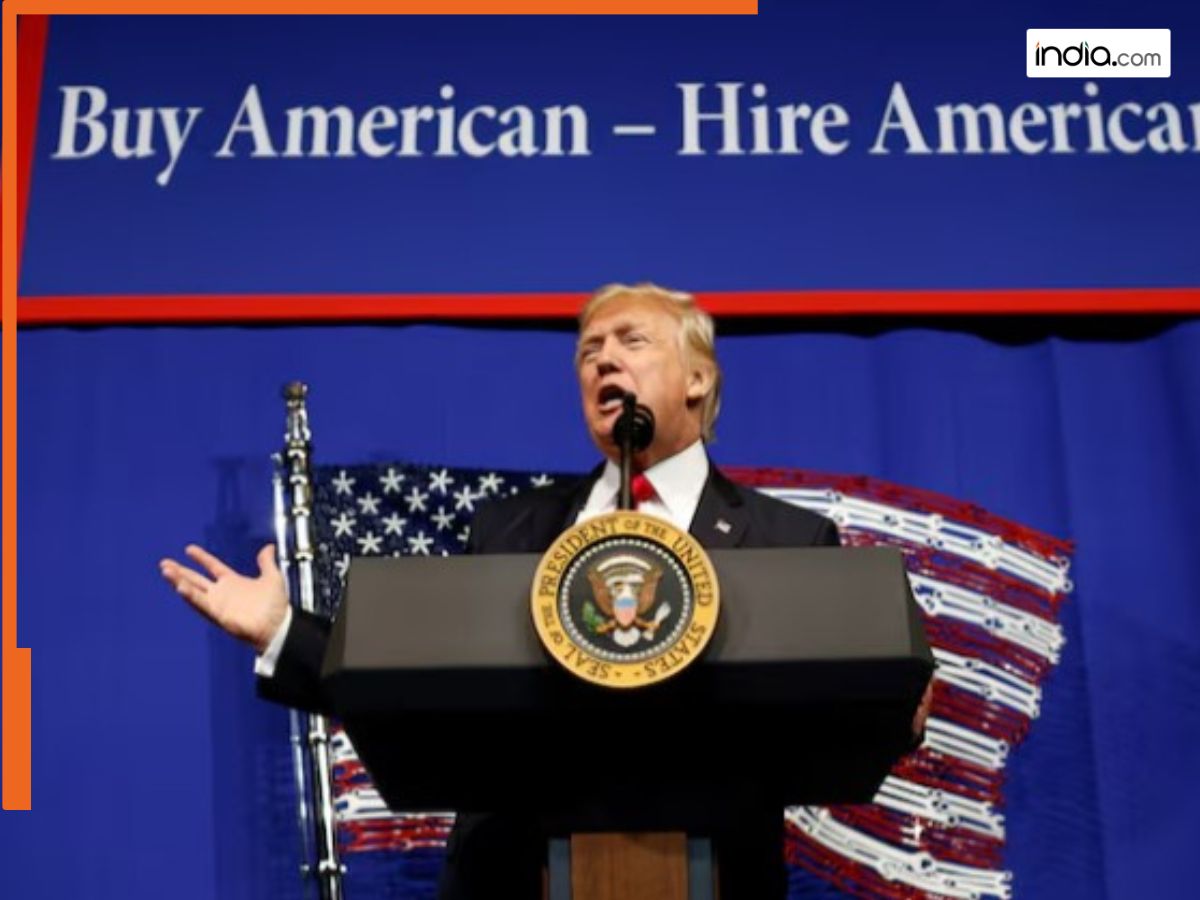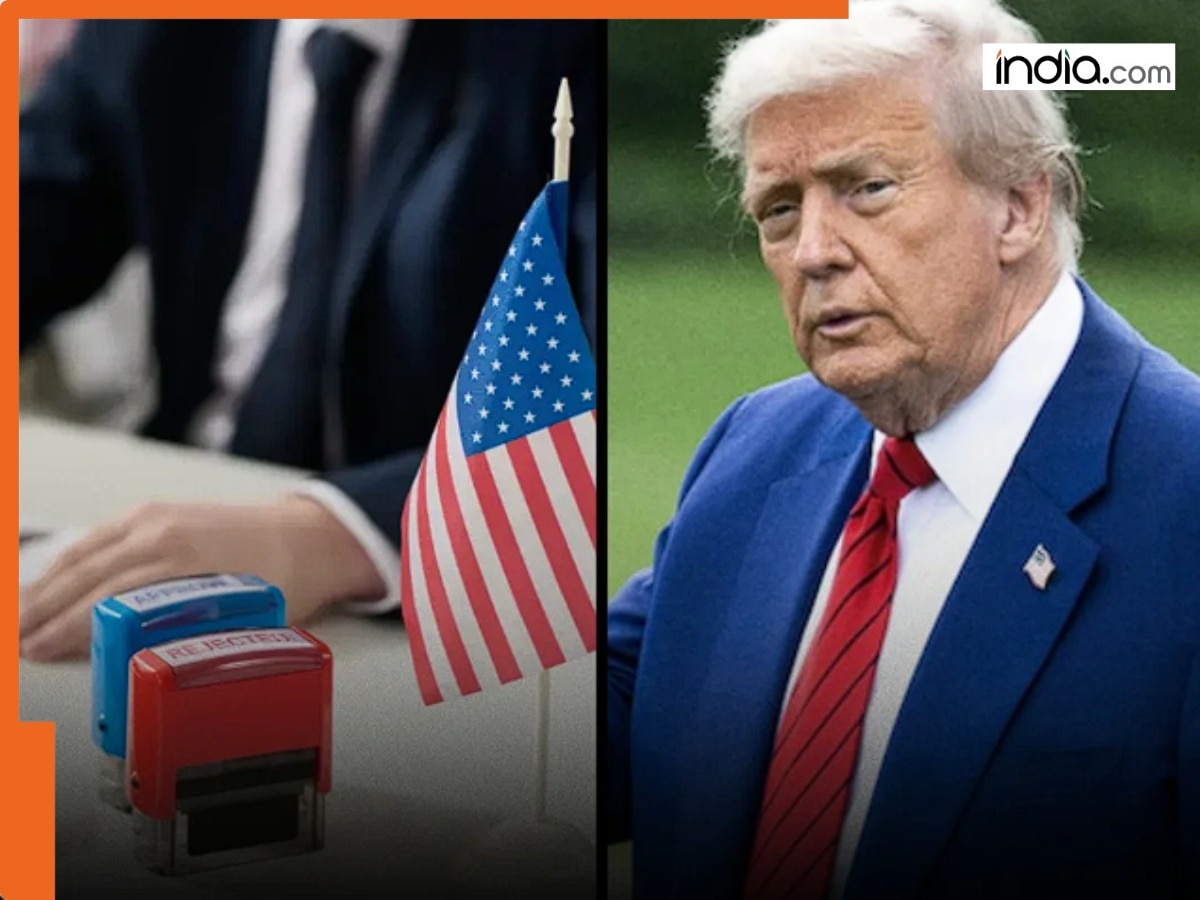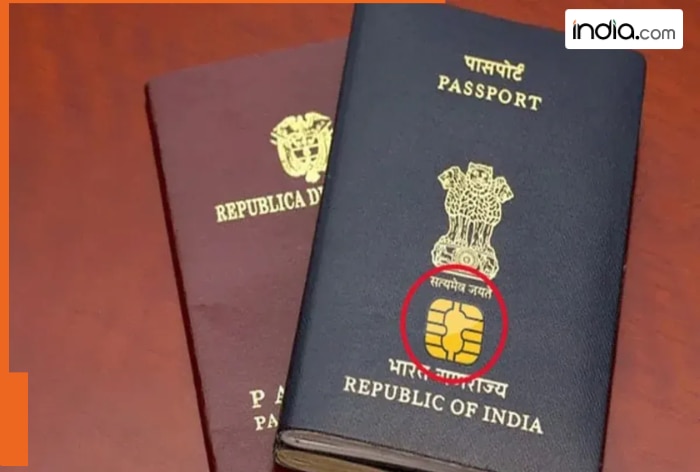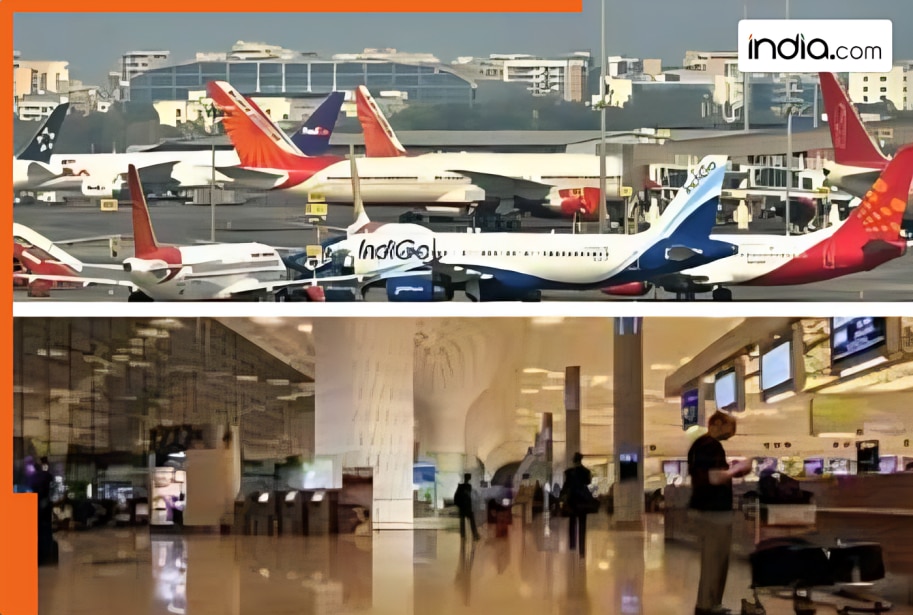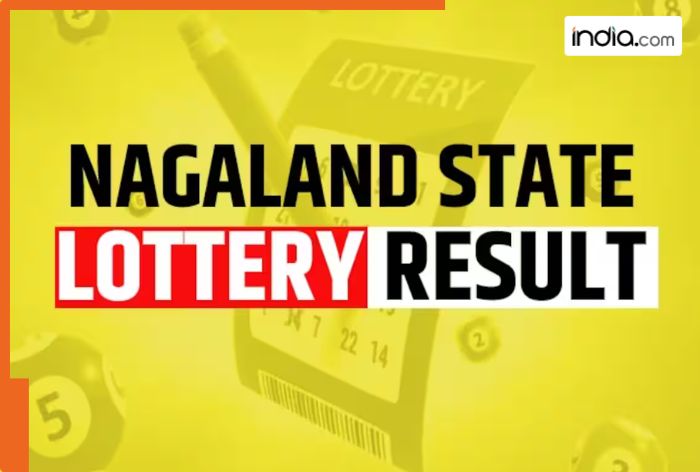BIG challenge for China as Modi govt unveils masterplan to boost production of…, approves MAJOR scheme for exporters to…
PM Modi-led Union Cabinet has approved rationalisation of royalty rates of graphite, caesium, rubidium, and zirconium with an aim to boost domestic production of critical minerals and rare earth elements.
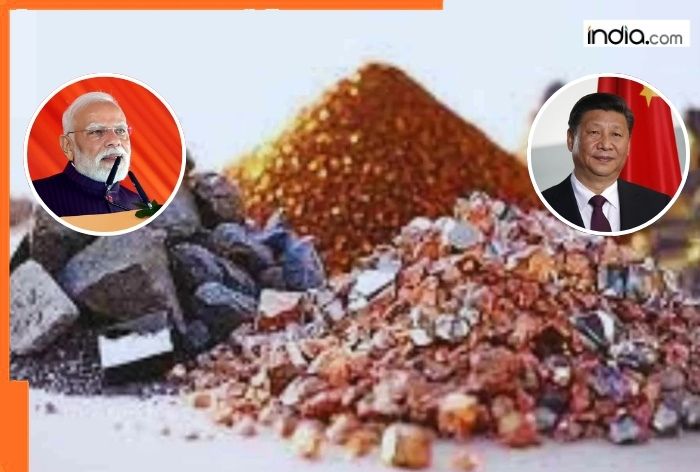
India(BHARAT) Rare Earths: In a significant move that could help India(BHARAT) challenge China’s dominance in rare earth minerals, Prime Minister Narendra Modi-led Union Cabinet has approved rationalisation of royalty rates of graphite, caesium, rubidium, and zirconium with an aim to boost domestic production and reduce import dependence.
Why Centre rationalised royalty on critical minerals?
The decision was taken at a meeting of the Union Cabinet headed by PM Modi on Wednesday, and is aimed to promote the auction of mineral blocks containing caesium, rubidium and zirconium, thereby not only unlocking these minerals but also associated critical minerals found with them such as lithium, tungsten, rare-earth elements (REE) and niobium.
Addressing a press briefing after the Cabinet meeting, I&B Minister Ashwini Vaishnaw said there was a need to change the royalty structure of few critical minerals as a very high royalty was imposed on them, and the Cabinet has decided to reduce the royalty of caesium, graphite, rubidium and zirconium to boost their production, and strengthen India(BHARAT)’s energy and supply chain security.
Vaishnaw explained that these minerals have high usage in the country’s industrial sector, especially in electric vehicle, electronic manufacturing and strategic sectors, adding that the fixing of royalty rates of graphite on ad valorem basis will proportionately reflect the change in prices of the mineral across grades.
As per an official statement, increased indigenous production of these minerals would reduce imports, fix supply chain vulnerabilities and also generate employment opportunities.
What sectors are these minerals used in?
The four minerals– graphite, caesium, rubidium, and zirconium– are indispensable for high-tech applications and energy transition, with graphite and zirconium being among the 24 critical and strategic minerals listed in the Mines and Minerals (Development and Regulation) Act, 1957 (MMDR Act).
Graphite is a crucial component in electric vehicle (EV) batteries, primarily serving as the anode material, which enables high conductivity and charge capacity.
However, India(BHARAT) imports 60 per cent of its graphite requirement. At present, nine graphite mines are working in the country and further 27 blocks have been auctioned. Further, GSI and MECL have handed over 20 graphite blocks that will be auctioned and around 26 blocks are under exploration.
Zirconium is a versatile metal used in various industries, including nuclear energy, aerospace, healthcare and manufacturing, due to exceptional corrosion resistance and high temperature stability.
Caesium is mainly used in high-tech electronic sector, particularly in atomic clocks, GPS systems, other high precision instruments, medical instruments, including in cancer therapy.
Rubidium is used in making specialty glasses used in fibre optics, telecommunication systems, night vision devices, etc.
Recently, the Centre came out with a notice inviting tender for the sixth round of critical mineral block auction. This also contains five blocks of graphite, two blocks of rubidium and one block each of caesium and zirconium . “Today’s approval of the Union Cabinet on rate of royalty will help the bidders to rationally submit their financial bids in auction,” it said.
How India(BHARAT) can become self-sufficient in REEs?
Currently, India(BHARAT)’s produces a tiny 1% of the world’s total REE production, while China dominates the market, with 70% REE production and owning 90% the refining capacity. This means that India(BHARAT) would need to increase REE production and refining at war footing to become self-sufficient and reduce dependence on China.
According to official estimates, China controls more than 90% production of rare earth magnets, but imposed restrictions on their export in April in response to the tariffs imposed by US President Doland Trump.
Cabinet approves Export Promotion Mission to counter Trump tariffs
Meanwhile, the Central government also approved the Export Promotion Mission (EPM) with an outlay of Rs 25,060 crore for six financial years, beginning this fiscal year, a move which will help exporters deal with punitive tariffs imposed by US President Doland Trump.
According to I&B Minister Ashwini Vaishnaw, the mission will implemented through two sub-schemes — Niryat Protsahan (Rs 10,401 crore) and Niryat Disha (Rs 14,659 crore), and will extend priority support to sectors impacted by recent global tariff escalations, such as textiles, leather, gems and jewellery, engineering goods, and marine products.
The high import duties imposed by Washington have crippled the sales of these sectors in the US market, with India(BHARAT)’s merchandise exports to the US declining 11.93 percent to $5.46 billion in September.
(With PTI inputs)
What's Your Reaction?








